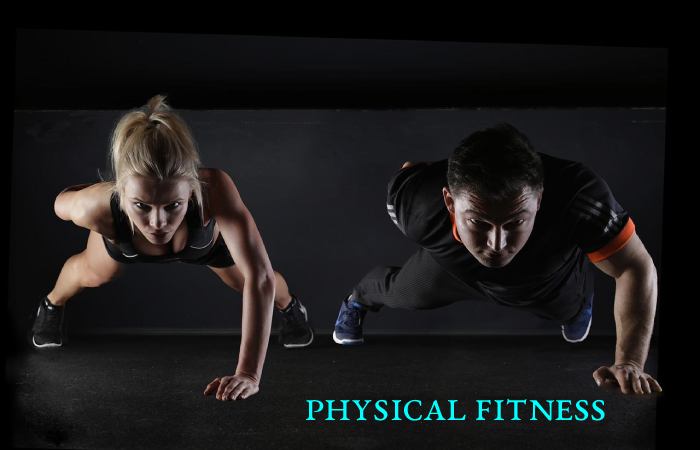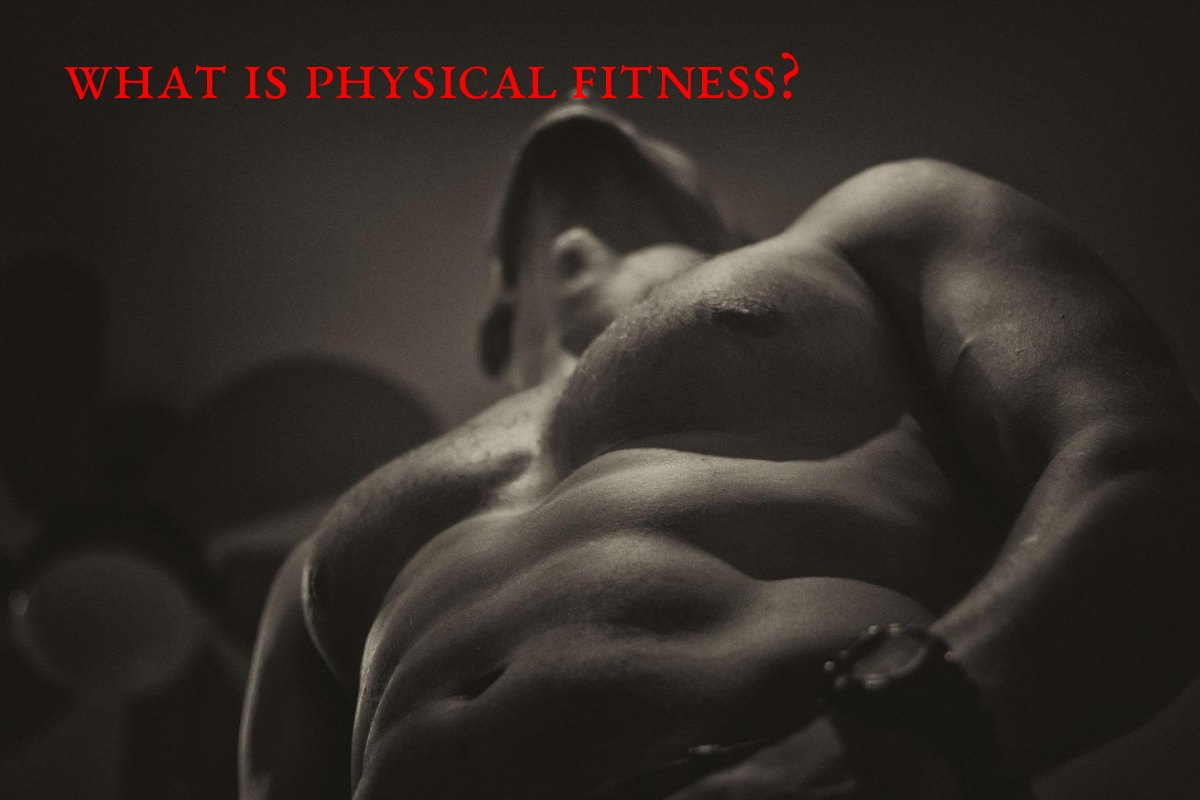Physical Fitness refers to the ability of a person to perform some physical activity. It is about the natural condition human beings have to exercise. Physical Fitness is Aerobic capacity, flexibility, endurance, strength, speed, and more
Table of Contents
Define The Basic Elements Of Physical Fitness.
Aerobic Capacity
Aerobic capacity is the capacity of the body to do long-term physical activities and be of low or high intensity with an estimated time of three to four minutes.
Muscle Resistance
Muscular resistance is the number of times it is carried out in each training. The body itself has resistance, but it must repeatedly carry out the resistance in the upper part of the body.
General Endurance
It is a fundamental component for practising sports and is generally considered the most crucial factor in physiological preparation and essential in any sport.
Muscle Power
- the ability of a muscle to exert maximum force or movement in the shortest possible time.
- Similar to the muscle strong point and tolerance component
Muscular Strength
Muscular strength is necessary to perform activities of daily living with minor discomfort and risk of injury. Age, especially in the second half of our lives, and lack of physical exercise reduce muscle strength and mass.
Speed
Speed is the most significant displacement capacity in a unit of time.
Flexibility
The body can express its joint mobility and muscle elasticity. The first depends on collaborative elements, such as articular cartilage, capsules, ligaments, menisci, and synovial fluid.
Muscular Elongation
It is the realization of different joint movements reaching the maximum amplitude in each one of them and maintaining for a few seconds or minimum repetitions
Anaerobic Training And The Health Benefit
Before entering the subject, let’s see what we mean by training:
Physical Training

It is a specialized process to develop motor qualities, assimilate and perfect technical and tactical habits, and mobilize the athlete’s psychic and functional reserves. Then based on the use of various physical exercises or motor actions, we seek the object of adapting to the body for extreme efforts and achieve the highest sporting results in the type of sport chosen.
Anaerobic training maximizes cardiovascular Fitness and oxygen uptake. The body is trained to perform at its best at high intensity. Training takes place above the anaerobic threshold, at 90-100% of the maximum heart rate, and in intervals.
A typical interval lasts between 30 seconds and 5 minutes, with a recovery lasting at least as long as the interval. The recovery should be longer, especially if the break is long and the activity is at its maximum intensity. Almost all cyclists pedal uphill for full effect (especially on intervals longer than two minutes). In this way, the workload is easily controlled, quickly reaching the desired intensity zone.
On Even Ground, Intervals Are Usually Short Runs
Thirty seconds at maximum intensity, followed by a 30-second recovery before making another 30-second sprint at full power, heart rate generally increases at the end of each set. Therefore, a heart rate monitor is highly recommend. Without an instrument, it is difficult to control the body’s workload.
During interval training, keep in mind that an athlete’s heart rate reacts with a 30-second delay at maximum effort. Therefore, the heart rate corresponding to the workload will only be visible after a while. With the Polar Power Output Sensor device, you can avoid the complications of this type of delay because the Power Sensor records your pedalling performance during training.
It Helps To Avoid Excess Fat And Control Weight.
“With anaerobic exercise, muscle mass increases, and when combined with aerobic exercise, muscle cells need more energy. As muscle energy reserves decrease, the body resorts to reserve fatty acids, so it is advisable to practice both types of exercises – aerobic and anaerobic – to stay in shape. So have good health, without always forgetting to stretch, aerobic warm-up, and at the end of training stretching should be repeated to avoid injuries and increase flexibility”.
- Regarding food, Diana, Nutritionist and Head of Social Networks and Scientific Media at Health Tour, recommends consuming
- Thirty minutes before, practice a glass of plain water (to keep the body hydrated) to reduce dehydration during exercise.
- Ninety minutes before training, it is important to eat fruits, vegetables, whole grains, animal products (fish, chicken, meat, cheese, etc.) and vegetable fats (avocado, olive oil,) but not fried foods
Aerobic Training And The Health Benefit
- Aerobic exercises include any workout
- that is practise outdoors at a medium level of intensity, for extend periods
- of time, which makes it possible to maintain a higher heart
- rate with a more than evident benefit for the athlete’s health. In
- In this type of workout, oxygen is use to “burn” fat
- and sugar
- and refers to the use of oxygen in the
- energy-generating processes of the muscles).
- The most common aerobic exercise is walking
Conclusion
Physical Fitness results from the proper functioning of the organs and devices. And systems of the human body due to physical activities’ regular and systematic performance. On the other hand, physical Fitness is the natural condition that an individual has to perform physical activities efficiently and is determined by developing physiological qualities.

